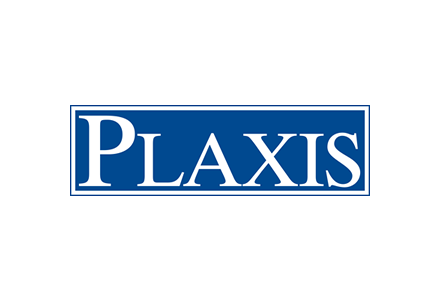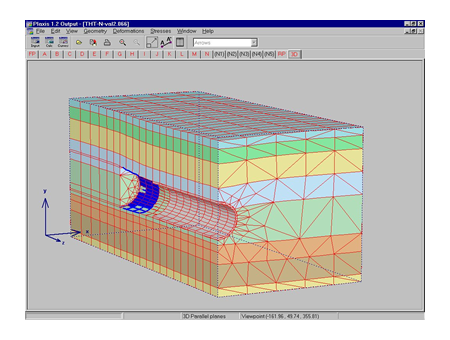Plaxis is a privately owned company incorporated in the Netherlands with its headquarters in Delft and offices in Singapore (Plaxis AsiaPac) and the USA (Plaxis Americas). We operate worldwide and have customers in nearly every country.
Our software tools and knowledge-sharing programs are used by a variety of organizations and individuals ranging from engineering and construction companies, civil and geotechnical engineering consultants, educational and research institutes to governmental organizations and applied in sectors such as geotechnics, foundation engineering, geology, underground construction, tunnel construction, hydraulic engineering, offshore engineering, mining, renewable energy, hydrology, etc.
Combining advanced geotechnical knowledge with an easy to use user interface designed by a team of software architects and programmers was and is key to the success of PLAXIS software tools.
The Plaxis-team consists of people of whom the majority has an academic degree relevant to area’s we operate in. It is a mix of many nationalities and we value and actively promote equal opportunities for all.

